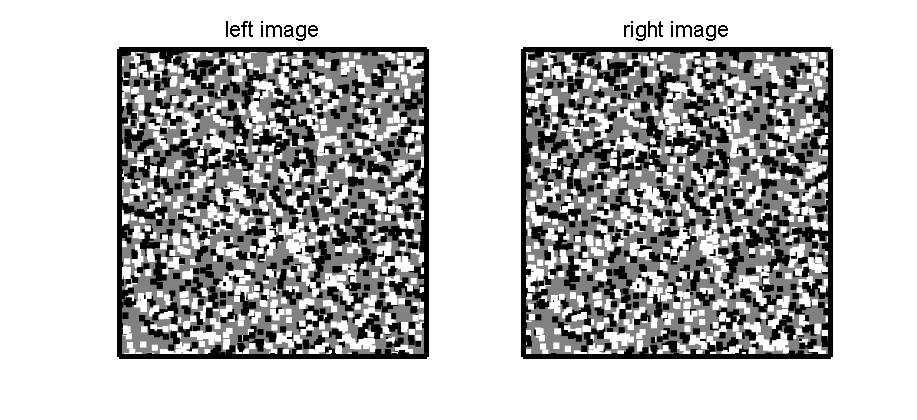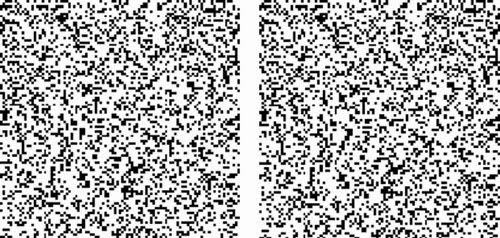

Such cells have been found in areas V1 and V2 in primates. Thus, these cells must have some manner of solving the difficult correspondence problems set by these stereograms.įigure7.16Response of cells to different binocular disparities:(a) a cell that fires most to small binocular disparities (tuned excitatory) (b) a cell that fires least to small binocular disparities (tuned inhibitory) (c) a cell that fires most to positive binocular disparities (far cell) (d) a cell that fires most to negative binocular disparities (near cell).

Studies have shown that many cells of areas V1 and V2 are able to respond to random dot stereo- grams in the same disparity-tuned manner. Again, there are similar cells responding to negative disparities termed near cells. have positive or uncrossed disparity) and this type of response is termed a far cell. Some cells fire most when the test stimulus is further away from the point of fixation (i.e. Other cells fire only to large disparities, and these are termed tuned inhibitory. We can see that the cell illustrated in the top section responds vigorously to small disparities (particularly slightly negative ones) but not to large disparities-such cells are termed tuned excitatory (Poggio, 1979). They show that it is possible for the extraction of disparity to come before the extraction of contour because there is no contour in the random dot stereogram until we've sorted out the disparity. This sensible scheme is completely contradicted by Julesz's random dot stereograms. When we look at a regular stereoscopic scene (like the stereogram in Figure 7.6) it would make sense that what we do is first find the edges, then calculate the disparities between the edges in the two images, and finally convert these disparities into depths. This small section will now have a different retinal disparity from the other dots, and therefore will appear to have a different depth (Figure 7.13). To produce the other half, the same dots are copied, but a small section of them is moved horizontally and the resulting gap is filled in with more dots. Half of the stereogram consists of many thousands of identical dots randomly arranged. The results are discussed in terms of the importance of the particular type of stimulus used in the learning process and in terms of perceptual learning and attention.An example in real life would be to look down at pebbles or, even worse, sand on a beach-now for each pebble or grain of sand identified in one eye there are many thousands or even millions of similar things in the other eye-how can a match be achieved? This problem was highlighted and exploited using random dot stereograms, intro- duced by the Hungarian scientist Bela Julesz in the 1960s (an example is given in Figure 7.12) (Julesz, 1971). Finally, in experiment 6 it was shown that depth edges are learned when the internal depth regions of the stereogram are ambiguous. It was shown in experiment 4 that the depth edges of random-dot stereograms are not learned, whereas the results of experiment 5 indicate that the internal depth regions are learned. In the second set of experiments the learning of two binocular surface properties of random-dot stereograms, depth edges and internal depth regions, was investigated. This result indicates that the traditional belief that random-dot stereograms are devoid of monocularly recognizable or useful forms should be reconsidered. In experiments 2 and 3 evidence was obtained that suggests that observers can learn, to a certain degree, monocular random-dot patterns and that this learning facilitates the depth percept. In experiment 1 the retinal position-specific learning effect was reproduced and in a follow-up experiment it was shown that the position specificity of learning can be accounted for by selective visual attention. In the present study some specific properties of the learning effects reported for random-dot stereograms are examined.


 0 kommentar(er)
0 kommentar(er)
